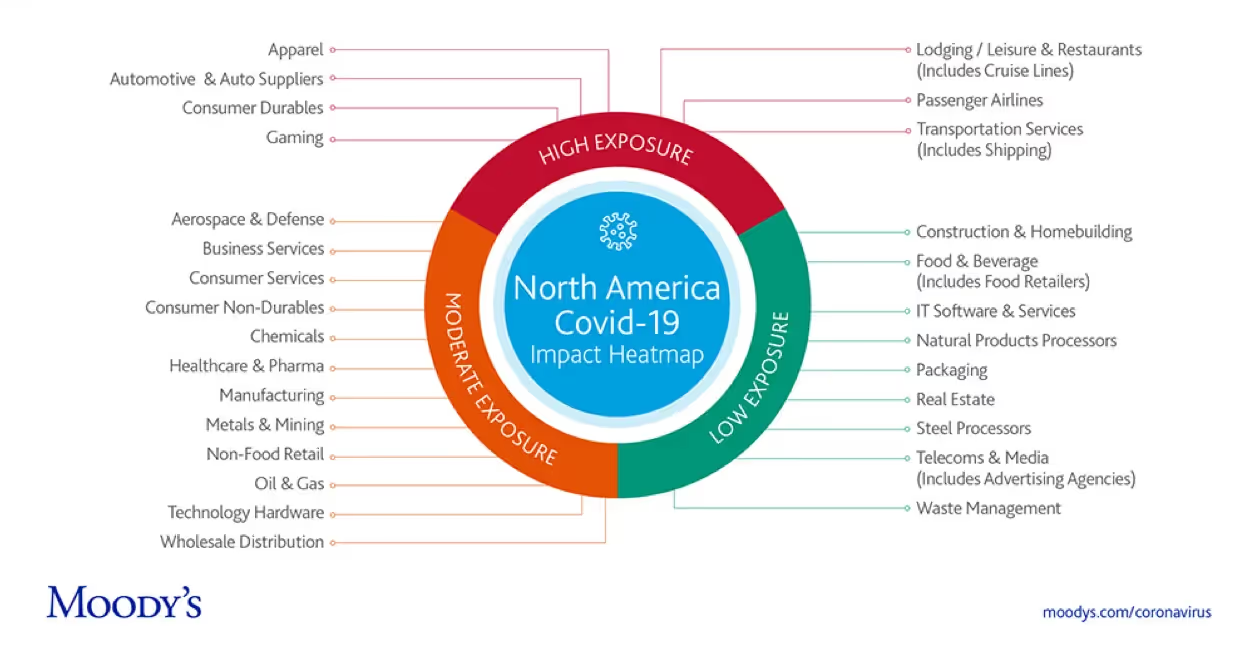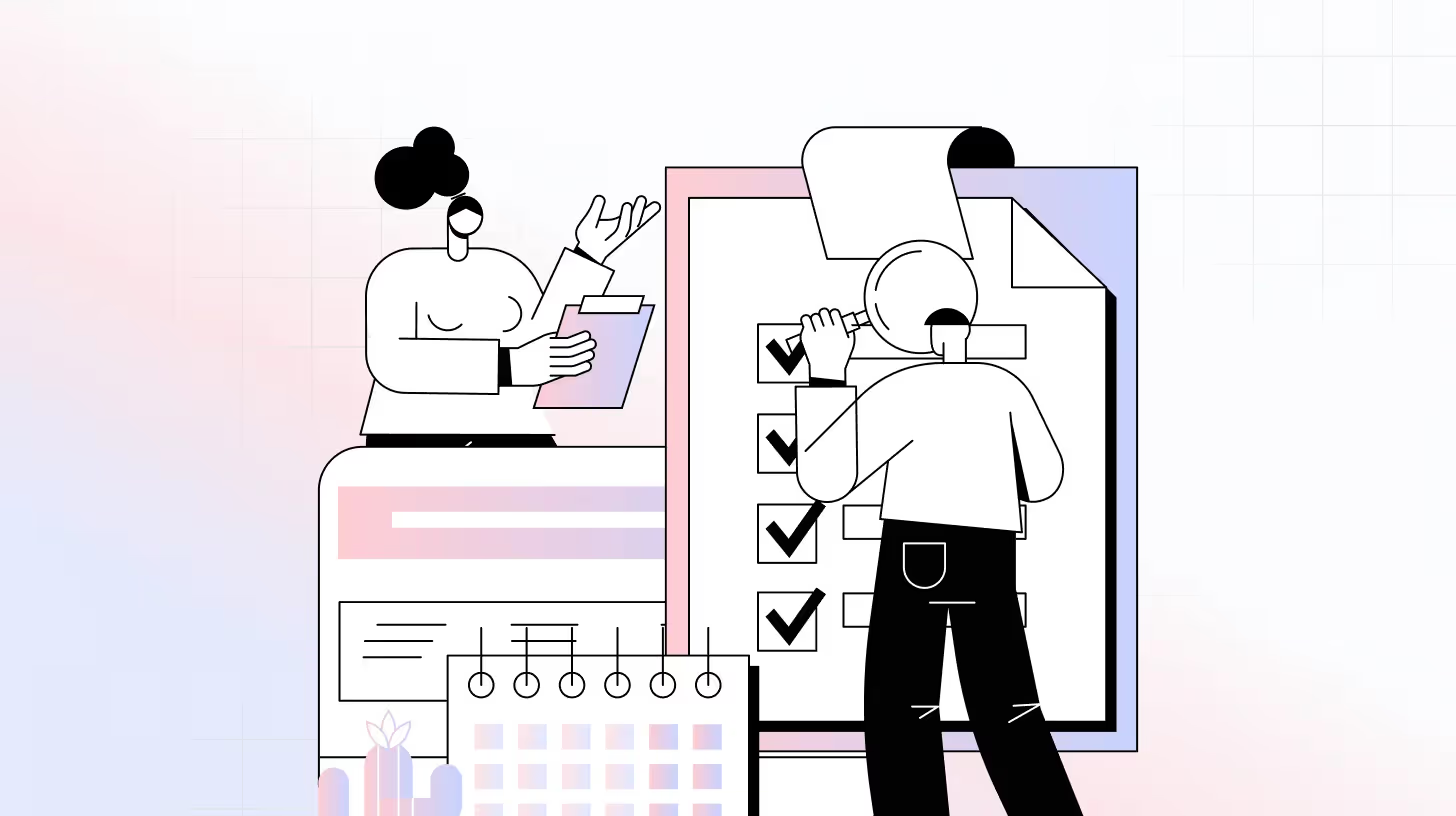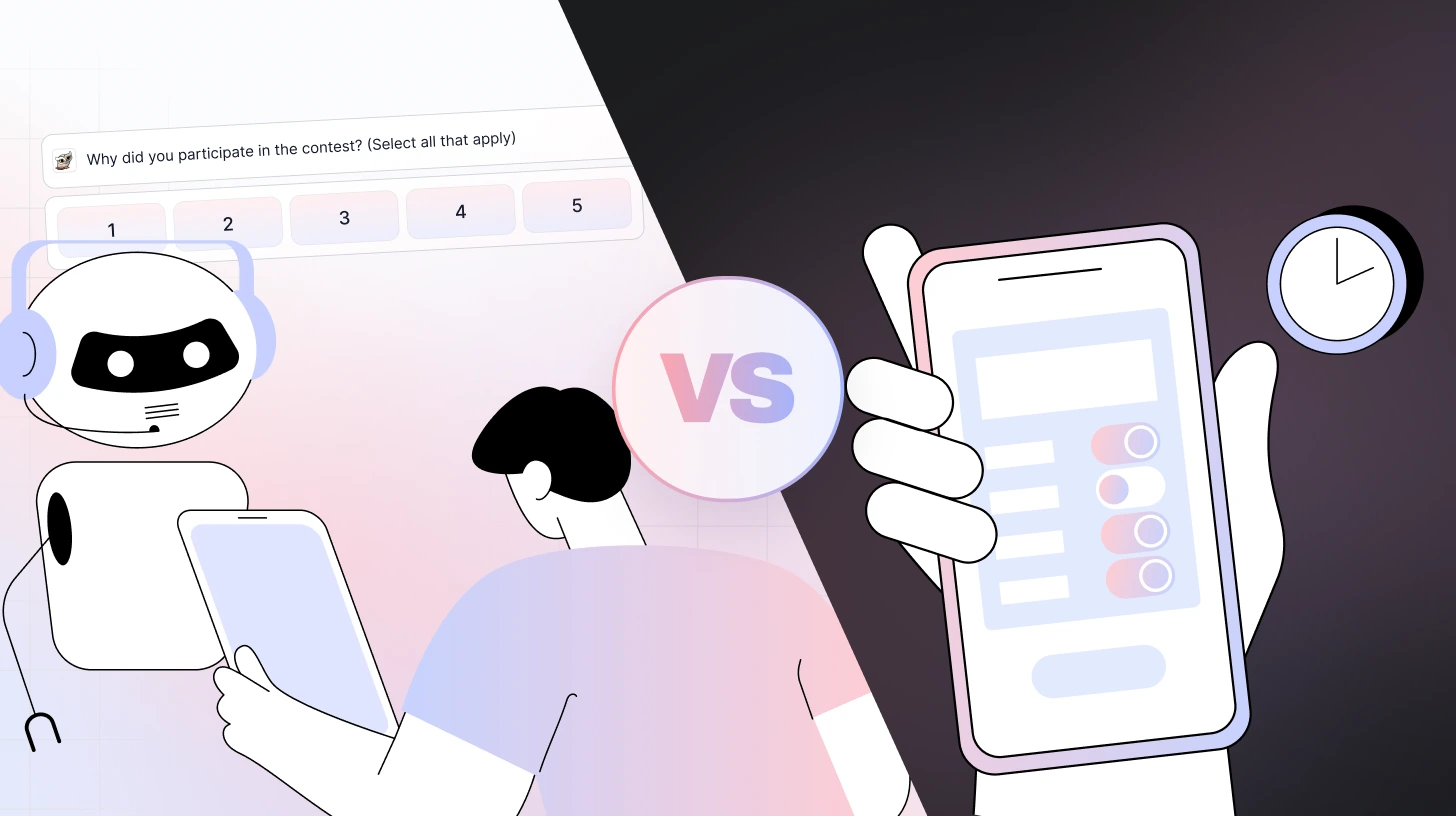 Blog
Blog A Quick Guide to Gauging Customer Health During the Pandemic
A Quick Guide to Gauging Customer Health During the PandemicA Quick Guide to Gauging Customer Health During the Pandemic

The world today isn’t what it was three months ago. Every industry has been impacted, and those of us in tech are no exception. For Customer Success leaders, the key question is:
How do I check in with my customers and measure their health—without sounding tone-deaf?
There’s no rulebook for assessing churn risk in a global crisis. That’s why it’s time to rethink how we understand and track customer health—a vital piece of driving customer retention.
So naturally, many Success leaders are looking to NPS—their typical mechanism for understanding how customers are doing—and debating whether that’s a feedback tool to use in 2020.
Most of us know the NPS question:
Considering your complete experience with our company, how likely would you be to recommend us to a friend or colleague?
The majority of leaders we’ve interviewed recently believe that NPS is a single factor in an overall portrait of customer health, but not the most important factor. They believe that a customer’s willingness to “recommend a product to a friend” does not accurately capture the various risks present in today's world of uncertainty. For example, some industries have been massively impacted, the key champions often don’t control the budget, or the product may be too expensive relative to the value received.
Some leaders are still advocating for NPS given the lack of well-established and tested alternatives. Others believe NPS is too vendor-focused and unempathetic for this moment in history—it risks sounding oblivious to their current situation which can dissolve the customer’s trust with the company. Both groups of leaders are still searching for earlier risk indicators.
An alternative (we’d argue “better”) way to assess churn risk amid COVID-19 is to begin by looking at the industries most impacted. Map out your customers across “high risk,” “medium risk,” and “low risk” according to the level at which their industry has been impacted by COVID-19. Provide playbooks to CSMs for customers in each segment. Then, take into account how customers have previously responded to pricing, and tailor your outreach accordingly.
A Better Approach to Measuring Customer Health
Instead of relying solely on surveys, try this practical, empathetic approach to identifying risk and supporting customer retention.
1. Start by looking at the sectors most impacted by COVID-19
Instead of reaching out to customers blindly and asking how they’re doing, we should begin by understanding the sectors our customers are in and how the current crisis has affected those sectors. A customer in the Tourism industry should be approached differently than one in Pharmaceuticals or Online Retail.

Ask CSMs to map their customers into “high exposure,” “moderate exposure,” and “low exposure” industries as indicated above. Once this exercise is complete, Success teams can
- Measure how much revenue is up for renewal in each exposure category
- Prioritize customers that need the most immediate attention
- Re-forecast the expected churn rate assuming losses in high exposure customers
Leaders can also create playbooks for CSMs to use at each level of exposure so their team’s outreach meets customers with the appropriate response.
2. Create a playbook based on each level of industry risk
CS leaders should create a playbook for each level of exposure that CSMs can use to reach out to offer support and gauge customer health. I recommend using a collaborative approach for customer outreach—you can offer a few ways you’re able to help, but ultimately the customer should tell you what they need.
Here’s how you might build templates for reaching out to customers in each level of exposure:
For high risk customers, ask an open-ended question:
“We understand that these are challenging times. You have an upcoming renewal in 60 days. We value our long term partnership and we think of it as a 10-year relationship. As your long-term partners, we're looking for ways to support you in the coming year. Can we have a conversation about what you would need to help you through this difficult time?”
Allow high risk customers to tell you how to support them.
Give moderate risk customers the chance to pick from a menu of options. You might include three options to choose from:
- Delayed payment terms
- Setting up a payment plan
- Offering an x% discount
Consider what variables have influenced their decisions in the past and make sure those are addressed (more on this below).
For low risk customers, open a channel for them to make an ask if they need to. Rather than offering any menu options upfront, you could say:
“Your renewal is planned for the next 60 days. If your business is encountering economic challenges, let us know this week. Our renewal invoice is scheduled to send in 30 days.”
Presenting it this way assumes that the renewal will go through without any problems while empowering the customer to reach out if they need it.
3. Take into account how customers have previously been influenced by pricing
After mapping out customers according to their level of exposure, look at how pricing has influenced their decisions in the past. CSMs will want to tailor their outreach according to the customer’s perceptions of the product and their price sensitivity.
Right now, price rules everything. Even companies in low exposure industries will want to cut some extraneous costs. This is a time when everyone is more sensitive to overall expenses.
There are two parts of “pricing” that you want to know the answers to with each customer:
1. How have discounts affected them in the past?
Use discounts with caution! Many businesses have price point thresholds for each of their customer segments that indicate the customer does not see value in the product. For example, let’s imagine you offer your product at $15,000 per year—your data will likely show that customers who pay $10,000 or below are more likely to churn. The reason is that the customer doesn’t think your product adds enough value to justify the price, or perhaps they’re using the product to solve a short-term problem.
During COVID-19, companies will be tempted to use discounts to keep customers. Discounting may be appropriate if it follows the following guidelines:
- Don’t discount the product so far that the customer resets their expectations of the product’s true value.
- Make sure that your pricing is shown with a “COVID-19 discount” line so there is no expectation of equally generous discounts in the future.
2. Does your product solve a severe and ongoing problem for the customer?
If you know your customer doesn’t deeply value your product or doesn’t think the price justifies the problem it’s solving, help customers connect the problem to a more severe or bigger one. Find a way to reframe it in their mind, by connecting the problem to the company, to their departmental goals, or the company's annual goals.
The customer’s perceived value of your product isn’t fixed. There will be times when your customer feels the pain that your solution solves more intensely, and times when the pain isn’t as strong.
A simple example: Someone in Denver probably feels a strong need for a snowblower in the winter, but they could easily live without one in the summer.
Similarly, a product that aggregates data into executive-level reports will have customers who understand the product’s value more clearly at the end of every quarter, or when they’re advocating for additional resources.
Customer success leaders must document what problem the customer is trying to solve with the product as part of the onboarding process. In other words, why did the customer make a purchase? Each problem-to-be-solved should also include a severity rating on a scale of “This isn’t an important problem” to “I’m on fire—please put out the fire.”
Responses to these questions indicate how likely that customer is to expand or renew in the upcoming quarters.
Pair this information with the customer’s exposure level and Success leaders will get a much more accurate read on churn risk, and can reach out to customers in an appropriate way.
Protecting your business (and your customers!) from the effects of COVID-19
Connecting with customers in the right way during this time is no easy task, but sending out traditional NPS surveys can be interpreted by your customers as insensitive to their new reality. It can no longer be used as the golden standard of customer health. Instead, be proactive; look at industry risk to forecast churn and offer tailored, empathetic outreach to support customers in the right ways.
Final Thoughts
In today’s uncertain landscape, measuring customer health requires more than just tracking NPS or product usage. It demands a deeper, more empathetic approach that accounts for industry shifts, customer goals, and value perception.
To truly drive customer success, teams must proactively engage customers based on their specific context, not generic metrics. By combining risk segmentation, personalized outreach, and documented value expectations, you create a smarter, more responsive strategy.
This isn’t just good practice—it’s critical for improving customer retention. When customers feel understood and supported, they stay longer, grow with you, and become advocates for your business.
By evolving your customer health approach, you’re not just reducing churn—you’re building stronger, more resilient relationships for the future.















.svg)